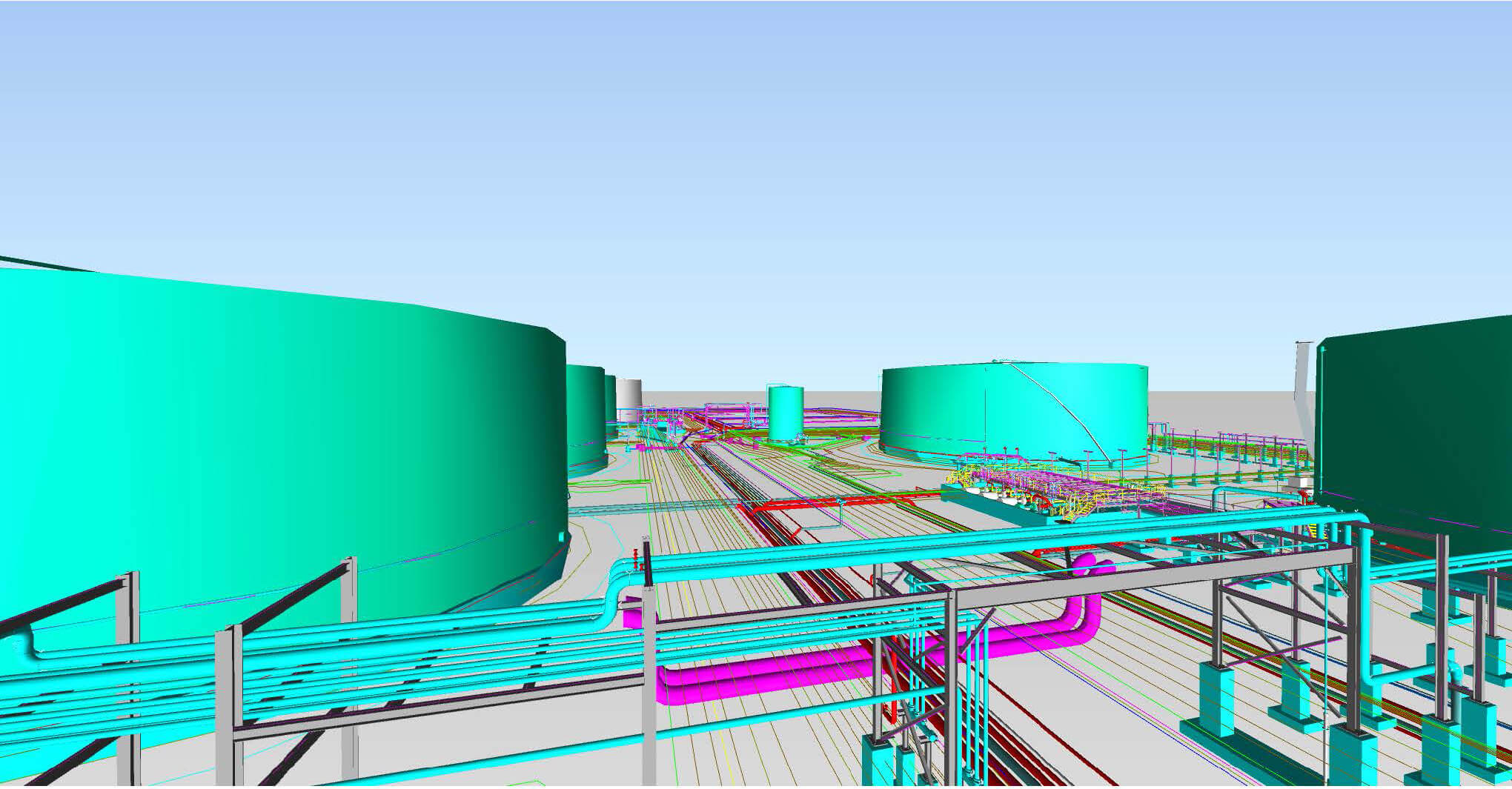Mechanical and Civil Engineering 101
|
For years it’s been said that the Great Wall of China is the only man-made structure visible from space. Archaeologists estimate the ancient fortification system stretches more than 13,000 miles. Most people can agree that the Great Wall of China is one of the most well-known and impressive structures in the world. However, you might not know that it is also one of the oldest examples of civil engineering. What is Civil engineering? Projects range from iconic, like the Brooklyn Bridge, to the mundane, a traffic circle. Civil engineering primarily takes place in the public sector through public works: roads, bridges, dams, airports, canals, pipelines, water treatment systems. Your municipal, state, and federal government is responsible for building and maintaining the complex network of these public resources. Civil engineering is in high demand. As the needs of communities change and grow, it’s up to civil engineers to adapt our environment to meet our infrastructure needs. Let’s take a look at a few examples to illustrate the scale of the impact that civil engineering has on our world. Civil engineers are responsible for inspecting and maintaining more than 600,000 bridges in the United States alone. More than 14,000 publicly-owned water treatment plants provide services for more than 238 million people each day. U.S. Route 20 is considered the longest highway in the United States. It spans 3,365 miles from Oregon to Massachusetts. As you can see from these examples, civil engineering is a big job. Civil engineers must proactively anticipate what services the population will need, design new structures, and manage construction with as little disruption to the population as possible. Once structures are in place, civil engineers must inspect, maintain and then decommission the public works at the end of their lifespan. What is Mechanical Engineering? Mechanical engineering is primarily used in the private sector but this discipline spans nearly every industry. Energy, power, aerospace, mining and minerals are a few of the major industries supported by mechanical engineering. Mechanical engineers are always looking to solve a problem or improve performance. They use physics, mathematics, thermodynamics, materials science and other disciplines to design and analyze their projects. Heating and cooling systems, manufacturing plants, medical devices, industrial equipment and transport systems are just a few examples of projects within this field. Let’s take a look at the natural gas industry to illustrate the scale of one important infrastructure built using mechanical engineering. We use natural gas to generate electricity, provide transportation and to heat our homes. But before it’s ready to use, it must be gathered, processed, stored and then transported to the end user. This critical network is mostly hidden underground, but natural gas pipelines and compressor stations are everywhere. 3 million miles of pipelines link natural gas from gathering systems to end users. In 2017, this transportation network delivered 25 trillion cubic feet (Tcf) of natural gas to 75 million customers. Every molecule of that natural gas passed through systems that were designed, maintained and optimized by mechanical engineers. As you can see from this one example, the implications of mechanical engineering are incredibly far reaching. Engineers design and continually improve the machines, systems and processes that make natural gas transportation possible. Working Together Mechanical engineers are in charge of the HVAC systems, plumbing, roof drain system, and ventilation systems and all other process systems. Electrical engineers design the metering, power distribution, standby and emergency power systems, and lighting. Meanwhile, structural engineers design the foundation and building structure. Matrix PDM, Civil Engineering and Mechanical Engineering This multidisciplinary approach supports the aboveground storage tanks we build, the natural gas processing facilities we design and the specialty vessels we create. In fact, our company simultaneously executed $700 million (TIC) worth of natural gas processing projects. All of these Our technical and industry experts set the bar in many markets. Whether your project requires a single discipline consultation or a multi-discipline design, we can create a solution. Matrix PDM provides design and engineering services for:
Both civil and mechanical engineering support the critical infrastructure that pushes progress and creates industry advances. We can draw from our own experience and the experience of those who came before us to design the next great structure, process or system that will improve the lives of those around us. Remember the Great Wall of China? As it turns out, it’s a myth. NASA confirms you can’t actually see the Great Wall from space. However, you can see the impact that civil and mechanical engineering have all around us right here on earth. |
 |
